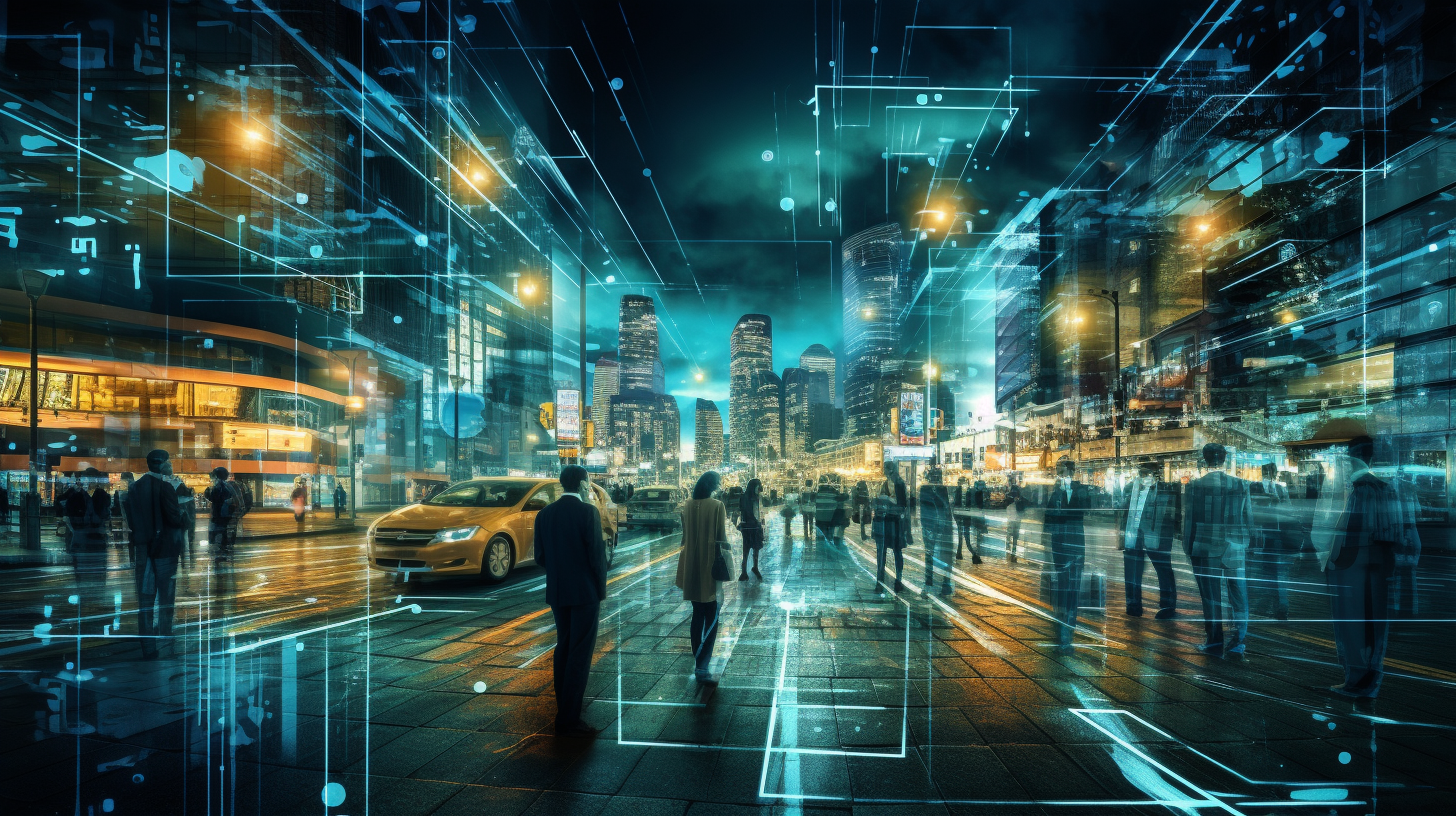Welcome to the cityscape of the future, where streets are not only paved with digital intentions but governed by them as well. In a world swept by the groundbreaking advance of decentralized technologies, the once vague concept of Decentralized Autonomous Organizations (DAOs) orchestrating urban landscapes is now crystalizing into a remarkable reality.
Imagine a metropolis pulsing with blockchain-based protocols, a symphony of smart contracts executing municipal services with the precision of a metronome. From trash collection schedules to street lighting, autonomous urban management is not a mere forecast; it's the dawn of a new civic era.
Look no farther than Neo-Tokyo, the trailblazer in crypto-urbanity, where DAOs govern local districts through direct resident voting. It’s a radical democracy where you can stake your coins on policy changes as easily as ordering a latte. With blockchain transparency, each policy’s efficacy is as visible as the rising sun.
These urban DAOs have ushered us into a debate as winding as the districts’ narrow alleyways:
- Can DAOs outperform traditional city councils?
- Will technological savviness supersede political acumen?
- How will this shift affect the residents in their day-to-day lives?
Contrast this to the sluggish behemoth of traditional bureaucratic machinery, where a pothole’s repair undergoes a labyrinthine process. With DAOs, that same pothole can be fixed promptly, funded, and executed with the agile tap of digital consensus.
Yet, it’s not a fairytale of tech utopia. In our previous piece on ‘DAOs vs Governments in Times of Crisis,’ we noted how DAOs excel in efficiency and speed. But the dance of urban rhythm needs more than speedy steps. It requires a heart. Transforming a city’s pulse involves intricate movements, balancing technological prowess with the warmth of human touch.
Records from Neo-Tokyo exhibit incidents where lightning-fast DAO decisions clashed with community nuances. A vivid example is the robotic allocation of resources, which may overlook vulnerable groups lacking a digital voice. Embracing crypto-dynamism without sacrificing human empathy is the delicate two-step that future cities must master.
As for public adoption, skeptics and enthusiasts are locked in a heated tango. Critics argue that DAOs’ anonymity can shield irresponsible actions, leaving no one to hold accountable, while supporters herald the age of liberation from red tape.
The prospects for scaling these systems to larger cities are subject to intense scrutiny. Advocates envision sprawling metropolises governed with the integrity of automated consensus, but skeptics wonder if the silhouette of alienation might rise among the skyscrapers.
Reflecting on policies like street planning, critics point out that the soul of a city isn’t written in code. Yet the supporters contest, asking why the beauty of Rome can’t be engineered with the logic of Ethereum.
To blend or not to blend, that is the question. Will this shift toward DAO-guided cities fragment our social fabric, or will it sew a stronger communal tapestry with threads of encoded trust?
The balance between traditional governance models and their decentralized counterparts seems to venture beyond a citizen’s binary choice of yes or no in a blockchain poll. As our urban lives are coded into smart contracts, the narrative of our existence will be a fascinating spectacle of algorithms and empathy walking hand in hand.
As Neo-Tokyo’s nightscape gleams with the neon glow of a DAO-managed realm, the global eye watches, intent on learning from its pioneering spirit.
Much like the streets we walk upon, the future of urban management is under construction, and the world is eagerly awaiting the grand unveiling of a metropolis managed by the collective wisdom of its inhabitants, rather than by the dusty ledgers of outdated institutions.
With fervor and vigilance, we peer into this crypto-constructed tomorrow, poised to witness the cascading effects of DAOs’ dance through the very essence of everyday living.
